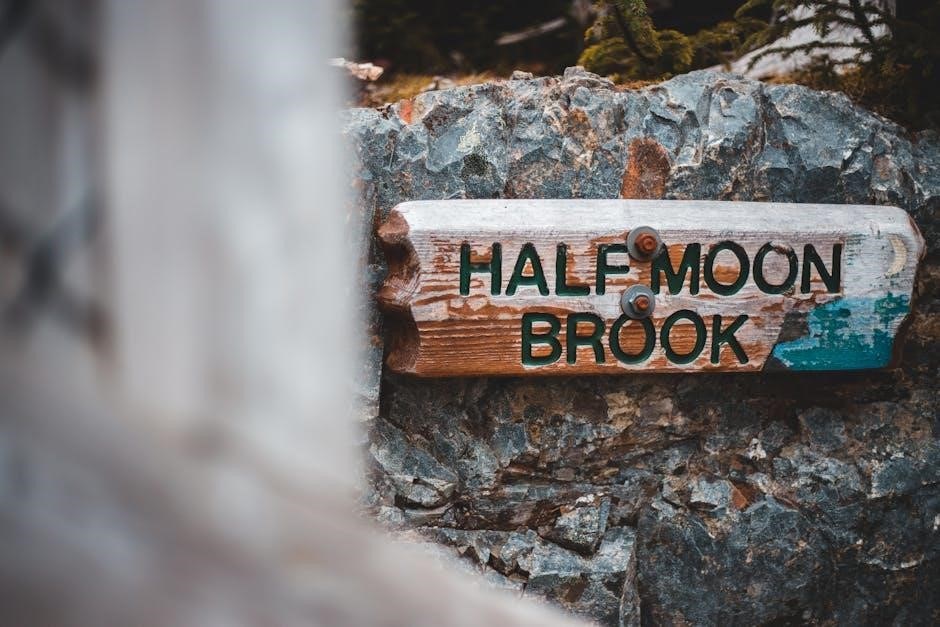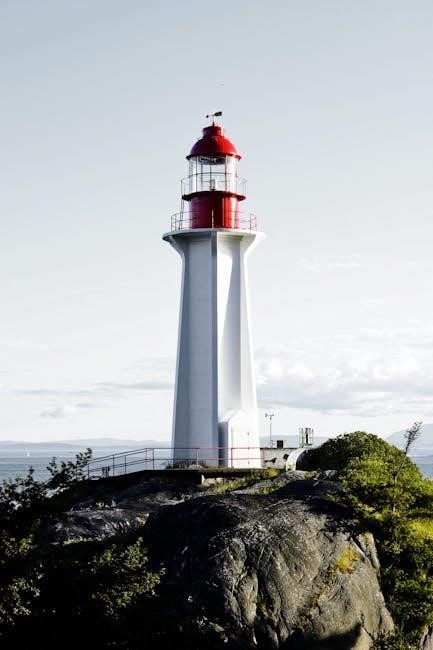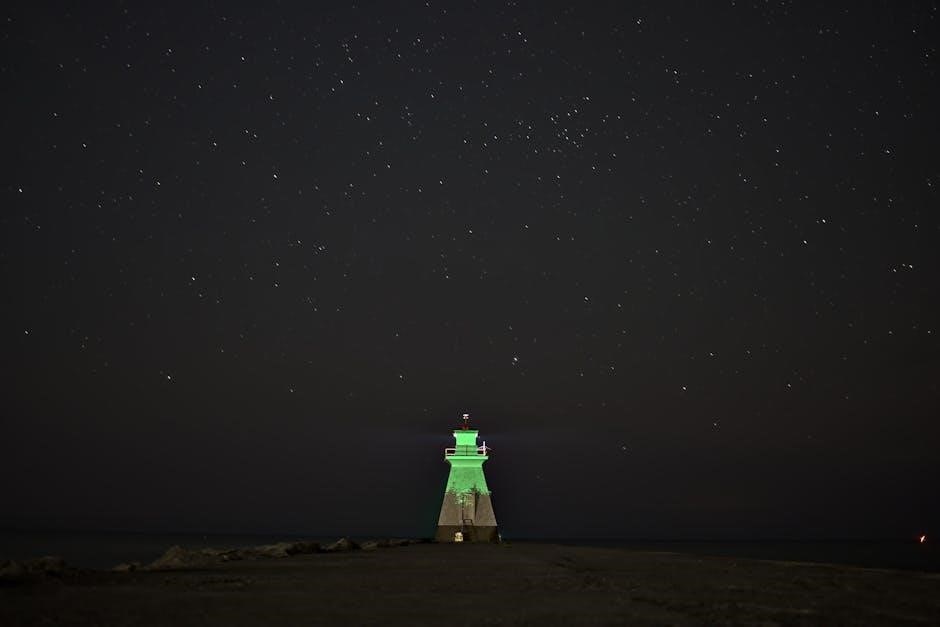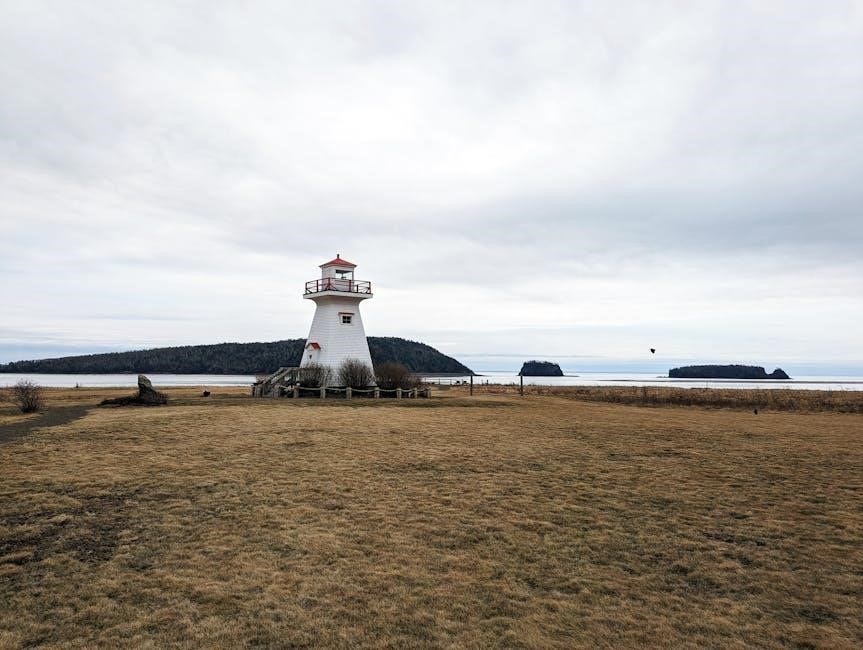This guide provides an overview of planting in Zone 3a Canada, covering general information and tips for home gardeners to achieve a successful harvest with proper planning and plant selection methods available.
Overview of Zone 3a Climate
Zone 3a in Canada has a humid continental climate, characterized by long cool summers and cold winters with snow. The average rainfall is moderate, generally occurring during the summer months. This climate classification is based on the Köppen climate classification system, which categorizes Zone 3a as Dfc, indicating a near subarctic climate. The temperature ranges in Zone 3a are quite extreme, with cold winters and mild summers. The climate in this zone is influenced by its proximity to large bodies of water and its latitude, resulting in a unique combination of temperature and precipitation patterns. Understanding the climate in Zone 3a is essential for gardeners to make informed decisions about plant selection and gardening practices. By recognizing the characteristics of this climate, gardeners can better prepare for the challenges and opportunities that come with gardening in Zone 3a. Overall, the climate in Zone 3a presents a unique set of conditions that require careful consideration.

Understanding the Challenges of Zone 3a
Gardeners in Zone 3a face challenges due to extreme temperatures and weather conditions affecting plant growth and survival naturally.
Cold Winters and Short Growing Seasons
Zone 3a in Canada is characterized by cold winters and short growing seasons, which can be challenging for gardeners. The extreme minimum temperature in this zone ranges from -40 to -35 degrees Fahrenheit, making it essential to choose plants that are hardy and can withstand the harsh weather conditions. The short growing season also means that gardeners have a limited time to plant, grow, and harvest their crops. This requires careful planning and selection of plants that mature quickly, typically within 60 to 90 days. Additionally, gardeners in Zone 3a need to be mindful of the last frost date and plan their planting schedule accordingly to ensure a successful harvest. By understanding the challenges posed by the cold winters and short growing seasons, gardeners can take steps to mitigate these effects and enjoy a productive gardening experience. Proper planning and plant selection are key to success in Zone 3a.

Planting Considerations for Zone 3a
Gardeners must consider factors like soil quality and moisture levels when planting in Zone 3a Canada for optimal growth and success always.
Avoiding Planting in Winter Months
It is essential to avoid planting in winter months in Zone 3a Canada, as the extreme cold temperatures and snow can be detrimental to plant growth and survival. Gardeners should wait until the soil has thawed and the risk of frost has passed before planting. This allows plants to establish themselves before the hot summer weather sets in. By avoiding winter planting, gardeners can minimize the risk of plant damage and ensure a healthy and thriving garden. The winter months in Zone 3a Canada are typically characterized by cold temperatures, snow, and frozen soil, making it an unfavorable time for planting. Instead, gardeners should focus on preparing their soil and planning their garden during this time, and wait until the spring to start planting. This will give them the best chance of success and a bountiful harvest. Proper planning is key to a successful garden.

Characteristics of Zone 3a Climate
Zone 3a climate features humid continental and near subarctic conditions with cold winters and short cool summers naturally.
Temperate Short Cool Summer and Humid Continental Climate
The temperate short cool summer and humid continental climate of Zone 3a is characterized by long cool summers and cold winters with significant snowfall. This type of climate is classified as Dfc under the Köppen climate classification system, which is a humid continental climate with no dry season. The summers are typically short and cool, with moderate precipitation, while the winters are long and cold, with significant snowfall. The climate conditions in Zone 3a are influenced by its geographical location, with the region experiencing a significant amount of rainfall and snowfall throughout the year. The temperate short cool summer and humid continental climate of Zone 3a requires gardeners to carefully plan and select plants that are suitable for the region’s unique climate conditions. Overall, the climate in Zone 3a is challenging for gardening, but with proper planning and plant selection, gardeners can still achieve a successful harvest.

Plant Hardiness and Temperature Ranges
Zone 3a has temperature ranges from -40 to -35 degrees Fahrenheit, requiring specific plant hardiness considerations always.
Extreme Minimum Temperate and Average Rainfall
Zone 3a in Canada is characterized by extreme minimum temperatures ranging from 40.0 to 37.2 degrees Celsius, which is equivalent to 40 to 35 degrees Fahrenheit. The average rainfall in this zone is moderate, with most of the precipitation occurring during the summer months. This climate features long, cool summers and cold winters with significant snowfall, making it essential for gardeners to choose plants that are tolerant of these conditions. The humid continental climate, classified as Dfc according to the Köppen climate classification, requires gardeners to select plants that are suitable for the local climate and soil conditions. By understanding the extreme minimum temperature and average rainfall in Zone 3a, gardeners can make informed decisions about plant selection and care, increasing the chances of a successful harvest. Proper planning and plant selection are crucial for gardening in this zone.
The guide is for home gardening purposes only, not farming or commercial use, and local conditions should be consulted for specific advice and planting decisions always.
Importance of Local Conditions and Consultation
Local conditions play a crucial role in determining the success of a garden in Zone 3a Canada, and it is essential to consult with local plant suppliers, gardening groups, or agricultural departments for specific advice. The climate and soil conditions can vary significantly within a region, and what works for one garden may not work for another. By consulting with local experts, gardeners can gain valuable insights into the best practices for their area and make informed decisions about plant selection, soil preparation, and pest management. Additionally, local conditions such as weather patterns, soil quality, and moisture levels can impact the growth and health of plants, and understanding these conditions is vital for achieving a successful harvest. Gardeners should also be aware of any local regulations or restrictions on gardening practices and take these into consideration when planning their garden. This will help ensure a successful and thriving garden in Zone 3a Canada.
